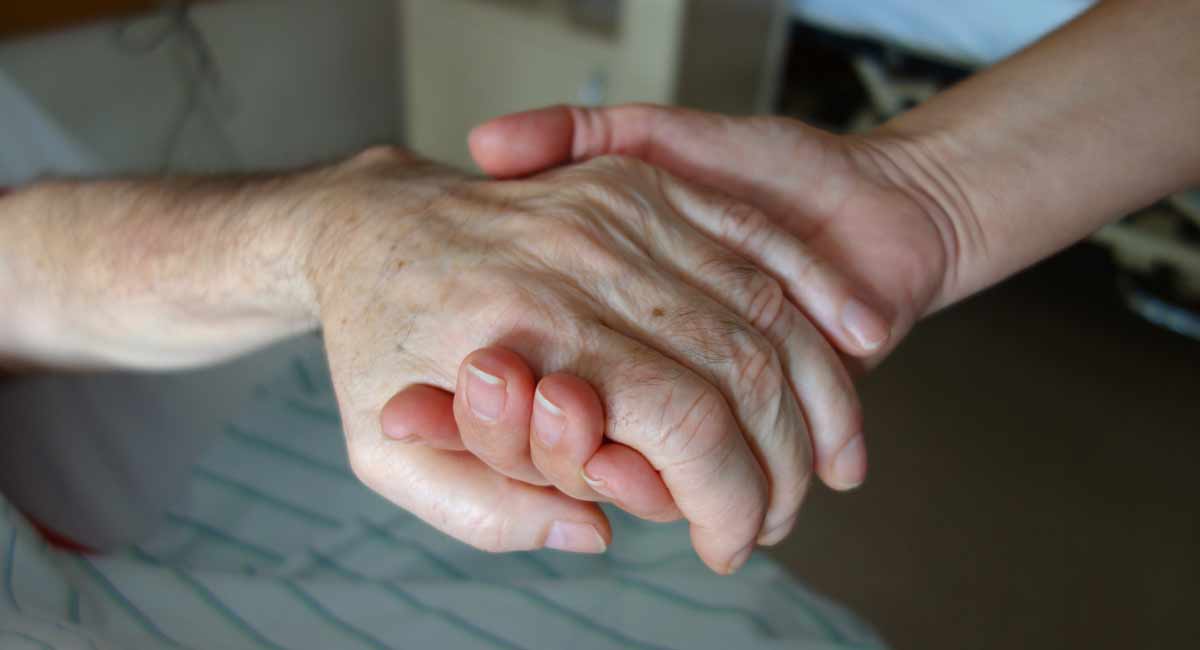Assisted suicide activists claim that death by assisted suicide is the relief of suffering and “death with dignity.” But a recent study examining assisted suicide methods shows that there are instances of pain and prolonged death that could involve untold psychological anguish. Researchers analyzing data from assisted suicide and euthanasia protocols in the Netherlands found that for a third of patients, death took up to 30 hours, and for four percent of patients, it took up to seven days to die after drugs were administered.
The study published last month in the journal Anaesthesia reveals stark realities often ignored in the assisted suicide debate. Far from the peaceful autonomy portrayed by assisted suicide activists, difficult complications are reported in actual assisted suicide cases.
Patients are often given barbiturates to induce unconsciousness and eventually cause the lungs and heart to stop. Ingesting these drugs is difficult; up to nine percent of patients struggled to swallow the prescribed dose, and 10 percent vomited. Failure to ingest the full dose can lead to inadequate sedation, which leads to another disturbing effect of assisted suicide methods: the possibility that patients are conscious and aware but unable to move while experiencing the slow death due to organ failure or the agony of dying by lethal injection.
READ: Doctor says assisted suicide leading insurance companies to deny treatments
Researchers draw parallels to studies of capital punishment in the United States, because the methods of execution are similar to current methods of euthanasia. (As some commentators have pointed out, capital punishment procedures may actually be more humane than some common assisted suicide techniques.) The study authors note, “Prisoners have been reported to be clearly awake and in distress during some executions, which has led to reviews of the technique.”
The reason for this “failure of unconsciousness” is referred to as accidental awareness during general anaesthesia, a phenomenon known to occur in rare cases when a patient undergoes surgery. The authors write that this condition, being conscious and aware but unable to move during surgery, is “known to be a potent cause of distress.”
That is an understatement.
When assisted suicide activists propose legally killing patients, they do not discuss how death is brought about. It is generally assumed by the public that there is an optimum means of sedating patients and then killing them. This is not true. The study found that in parts of the world where assisted suicide is legal, a wide range of methods — with undoubtedly varying rates of failure — were used.

Failure to fully sedate patients is known to occur in assisted suicide cases. Analyzing the Dutch statistics, the study authors found that patients undergoing assisted suicide awoke, with some even sitting up, in up to 1.3% of cases. Researchers found that it was much more common for patients undergoing assisted suicide to be improperly sedated during their death than for patients undergoing surgery to experience consciousness during a procedure. They write:
It is striking, that the incidence of ‘failure of unconsciousness’ is approximately 190 times higher when it is intended that the patient is unconscious at the time of death, as when it is intended they later awaken and recover after surgery (when accidental awareness is approximately 1:19,000)
While the study authors do not take a position on the ethics of assisted suicide, they propose methods for ensuring “humane” death should it become legal, as it is in parts of Europe, Canada, and several U.S. states. The proposed protocols include testing for unconsciousness, monitoring brain activity using EEG, and legislating the use of the most quickly lethal drug protocols.
While these proposals may seem noble and a means of ensuring “humane” deaths by assisted suicide, they ignore the inherent ethical problems with it. Many ethicists warn that once it is legal, the choice to die can become a duty to die. Already, in jurisdictions where it is legal, patients have been denied treatment in favor of the much more cost-effective assisted suicide option. In such a climate, incorporating trained anesthesiologists, EEGs, and other measures to ensure a “humane” death seem highly unlikely.
READ: Assisted suicide is legal in Hawaii, but most doctors unwilling to participate
The study authors implicitly acknowledge how little the reality of assisted suicide is addressed in their contribution to the debate of assisted suicide, noting:
For the public, this includes accepting that all interventions can fail. All choices involve risk and that includes exercising the choice to die, or to be unconscious at the point of death. The public should also be comfortable in allowing professionals it normally expects to help preserve life, now to be required also to assist in death – or to create alternative professionals for this latter task.
While the researchers claim to take no position on assisted suicide, they propose means for medical societies to pressure the state to end the practice of capital punishment. Interestingly, the very drugs pharmaceutical companies are preventing from being used in executions are being used in assisted suicide. As Alex Schadenberg of the Euthanasia Prevention Coalition asks, “How can a drug be considered risky, experimental and a form of torture in one circumstance (capital punishment), and a human right when it is used for euthanasia?”
Assisted suicide is not the simple and “compassionate” solution so often presented in biased media coverage. People deserve to know the difficult facts of state-sanctioned killing, whether capital punishment or otherwise, before endorsing them.
“Like” Live Action News on Facebook for more pro-life news and commentary!







